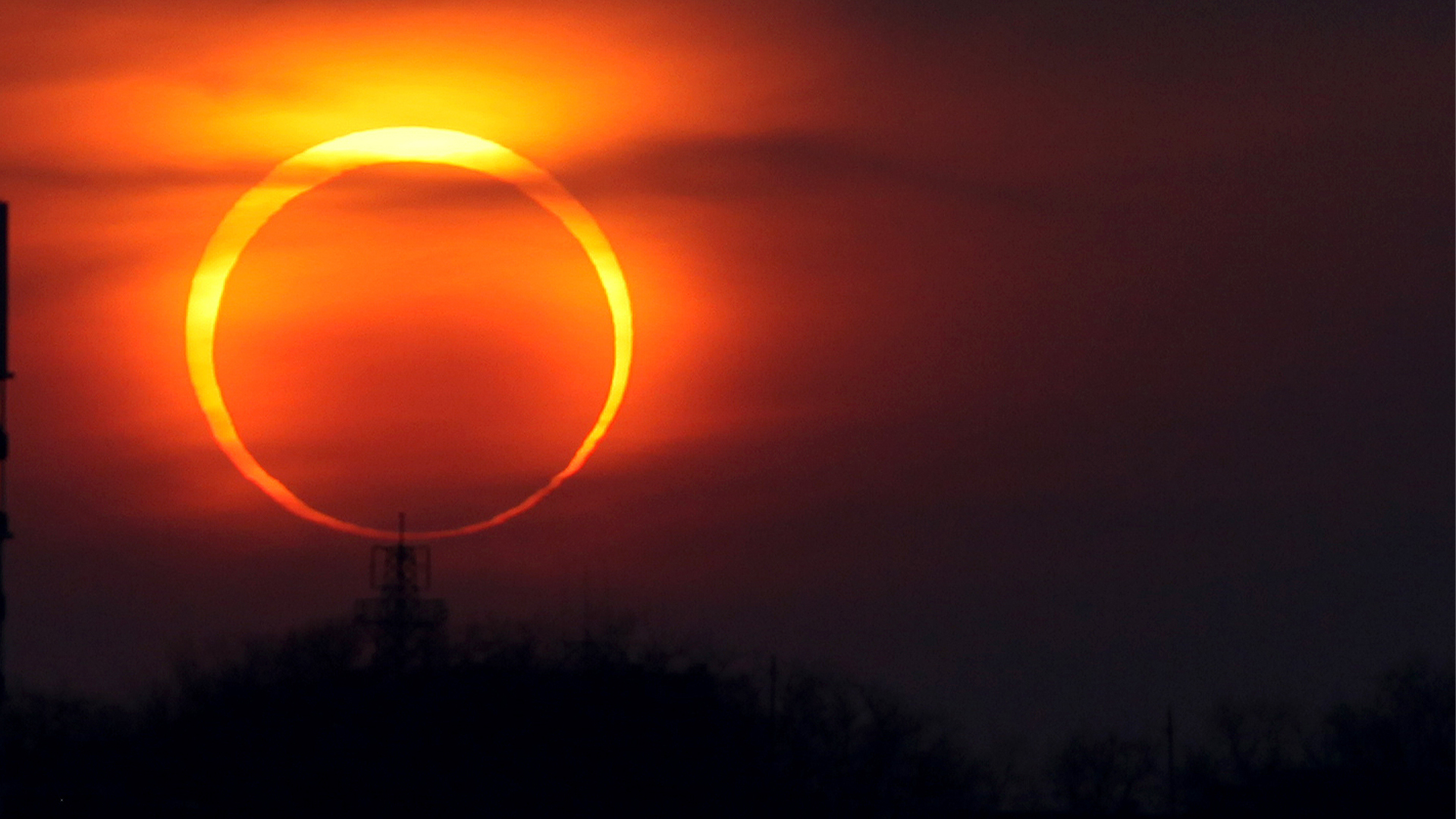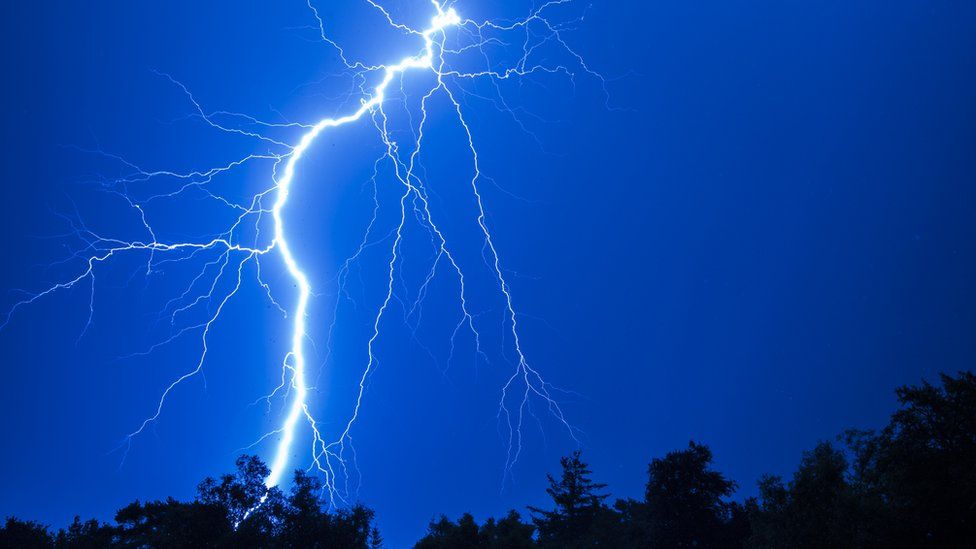This Saturday, sky gazers in the United States will have a chance to observe a spectacular celestial event – a ring of fire annular solar eclipse. Unlike a total solar eclipse, where the moon entirely conceals the sun, an annular eclipse allows a ring of sunlight to encircle the moon.

Ring of Fire Path
A narrow corridor stretching from Oregon to Texas will be the prime viewing area for the ring of fire. In this region, the moon will block approximately 90% of the sun for a few minutes, allowing the ring of fire to grace the sky.
The viewing experience will be significantly impacted by weather conditions. Here’s a breakdown of where to catch the eclipse:
Best Viewing Conditions: Texas
Parts of Texas, especially in the southern region, are expected to enjoy the best viewing conditions. The sky will be largely sunny, offering an ideal setting to witness the ring of fire.
In San Antonio, Texas’s most populous city within the prime viewing zone, the eclipse will peak starting at 11:52 a.m. CDT, reaching its maximum coverage at 11:54 a.m., and moving past its peak by 11:56 a.m. During these moments, the ring of fire will be visible.
While a few clouds might drift across the southern part of the state, they should not obstruct the view significantly.
Mixed Viewing Conditions: Oregon, Utah
Oregon is poised for more challenging conditions. Abundant clouds and even some rain are predicted. A storm developing off the Pacific Northwest coast could interfere with viewing. The heaviest rainfall is expected in far western Oregon and western Washington, but cloud cover may extend further inland.
On the other hand, in Utah, early morning clouds are forecasted to clear just in time for the event.
Good Viewing for Partial Eclipse
For the rest of the central and eastern United States, a partial eclipse will be visible, blocking 20% to 80% of the sun.
However, the extent of cloud cover may dampen viewing conditions across many areas. The Midwest and portions of the East will likely face cloudy skies due to regional storm systems. Parts of the South may have a clearer view, but widespread cloud cover could disappoint eclipse enthusiasts.
Future Eclipse Viewing
If you miss this weekend’s annular solar eclipse, don’t worry. You can mark your calendar for April 8, 2024, when the first total solar eclipse since 2017 will grace the skies. Start making plans to witness this breathtaking celestial spectacle!
Now, it’s time to hope for clear skies and an uninterrupted view as the ring of fire makes its brief appearance in the heavens.


